If you’re eyeing a log cabin, prepare for construction costs that can outpace traditional homes by 30%. You’ll face rigorous maintenance—think sealing, inspections, and pest control—to keep rot and infestations at bay. Heating can cost more, and insurance is tougher to secure due to fire risks. Every detail, from roof design to quality wood, impacts longevity and repairs. Smart buyers weigh resale challenges and ongoing upkeep carefully. There’s more you should know about maximizing value and protecting your investment.
Key Takeaways
-
Log cabins often cost 30% more to build than traditional homes due to specialized materials and skilled labor requirements.
-
Regular, intensive maintenance is needed to protect logs from moisture damage, rot, and pest infestations.
-
Heating log cabins can be challenging and expensive, especially in remote locations without standard ductwork or easy access to electricity.
-
Insurance coverage for log cabins is often difficult to obtain or comes with higher premiums due to increased fire and structural risks.
-
Ensuring structural integrity requires frequent inspections of the roof, deck flashing, and support systems to prevent costly repairs and long-term damage.
Construction Costs and Resale Difficulties
Building a log cabin comes with significant upfront costs that often exceed those of traditional homes by as much as 30%. You’ll pay more for specialized materials and skilled labor, with average construction costs ranging from $30,000 to $50,000.
Complex designs or premium logs increase expenses further.
When it’s time to sell, you’ll face a limited buyer pool—many prefer new builds or traditional homes. The unique style narrows market appeal, making resale slower and sometimes less profitable.
If your cabin isn’t well maintained or updated, resale value drops quickly, leaving you with longer listing times and potential financial loss.
Ongoing Maintenance and Deterioration
Although the rustic appeal of a log cabin is undeniable, these homes demand a level of ongoing maintenance that far exceeds what’s required for traditional houses.
You’ll need to regularly inspect for moisture damage, refinish exterior logs, and seal gaps caused by shrinking wood. Neglecting these tasks quickly leads to rot, insect infestations, and structural problems, all of which can diminish your investment’s value.
Maintenance isn’t just a seasonal chore—it’s a year-round commitment. If you have a busy schedule or limited DIY skills, the time and cost involved in upkeep may outweigh the charm of cabin ownership.
Unique Heating Needs and Insurance Obstacles
Since log cabins differ structurally from conventional homes, you’ll face unique challenges when it comes to heating and insurance.
Traditional ductwork often isn’t practical, so you’ll likely rely on electric heaters, wood stoves, or radiant floor systems. If your cabin’s in a remote area, limited access to electricity complicates heating options and increases costs.
Insurance presents another hurdle—many companies hesitate to cover log cabins due to higher fire risks and rural locations. You’ll probably pay steeper premiums, and some insurers may decline coverage entirely.
Factor these ongoing expenses and obstacles into your decision before committing to log cabin living.
Pest Infestations and Wood Quality Concerns
Because log cabins are primarily constructed from wood, they’re especially vulnerable to signs of infestation from pests that can undermine the structure and shorten its lifespan.
Carpenter ants and bees target soft, untreated logs, burrowing tunnels that weaken walls and create ongoing maintenance headaches.
It’s crucial to select high-quality, properly treated wood when building or buying a log cabin, as inferior materials invite termites and rot.
Regular inspections help spot early signs of infestation—like sawdust piles or bore holes—before serious damage occurs.
You’ll need to budget for preventative treatments and repairs, making pest management and wood quality a significant, ongoing concern for owners.

The Importance of Roof Design and Inspection
When evaluating a log cabin, you need to pay close attention to roof design and inspection, as this component directly affects the home's longevity and livability.
An inadequate roof exposes logs to excess moisture, leading to rot, mold, and costly repairs. Verify the roof’s overhang fully covers log ends, as exposed wood is highly vulnerable.
Inspect for sagging, leaks, and water stains, which indicate deeper structural issues. Check the quality of roofing materials and ventilation—poor choices accelerate deterioration.
Regular inspections are essential; neglecting them can compromise the entire structure. Prioritize roof maintenance to safeguard your investment and living comfort.
Deck Flashing and Structural Support Issues
Although a deck can enhance the appeal and functionality of a log cabin, improper flashing and inadequate structural support introduce significant risks.
If deck flashing isn’t installed correctly, water can seep between the deck and logs, leading to moisture intrusion, rot, and costly long-term damage. You need to guarantee that flashing is continuous and properly sealed, especially where the deck meets the cabin.
Structural support matters just as much—undersized or poorly anchored posts can cause sagging or shifting, jeopardizing both safety and property value.
Always scrutinize deck construction details and prioritize robust, well-executed flashing and structural connections.
Maximizing Living Space and Professional Evaluation
Even with the inherent charm of a log cabin, optimizing interior space is essential to guarantee comfort and functionality.
You'll need to assess each room’s dimensions, considering furniture placement and storage solutions to avoid cramped conditions. Small rooms can be functional, but prioritizing decent room sizes improves long-term livability.
To confirm you’re making a wise investment, hire a certified inspector who specializes in log homes.
Professionals can uncover hidden structural or maintenance issues, saving you from costly surprises. Their evaluation will also help identify opportunities for maximizing space, confirming your log cabin meets your needs now and in the future.
Conclusion
Before you immerse yourself in log cabin ownership, weigh the true costs and challenges carefully. You’ll face higher construction bills, relentless maintenance, and tricky resale prospects. Heating, insurance, and pest issues demand constant attention, while structural concerns like roof and deck trouble add to the workload. If you’re pragmatic and prepared for ongoing responsibilities, a log cabin can bring peace and charm. Just make sure you’re ready for the realities—so your dream home doesn’t turn into a burden.
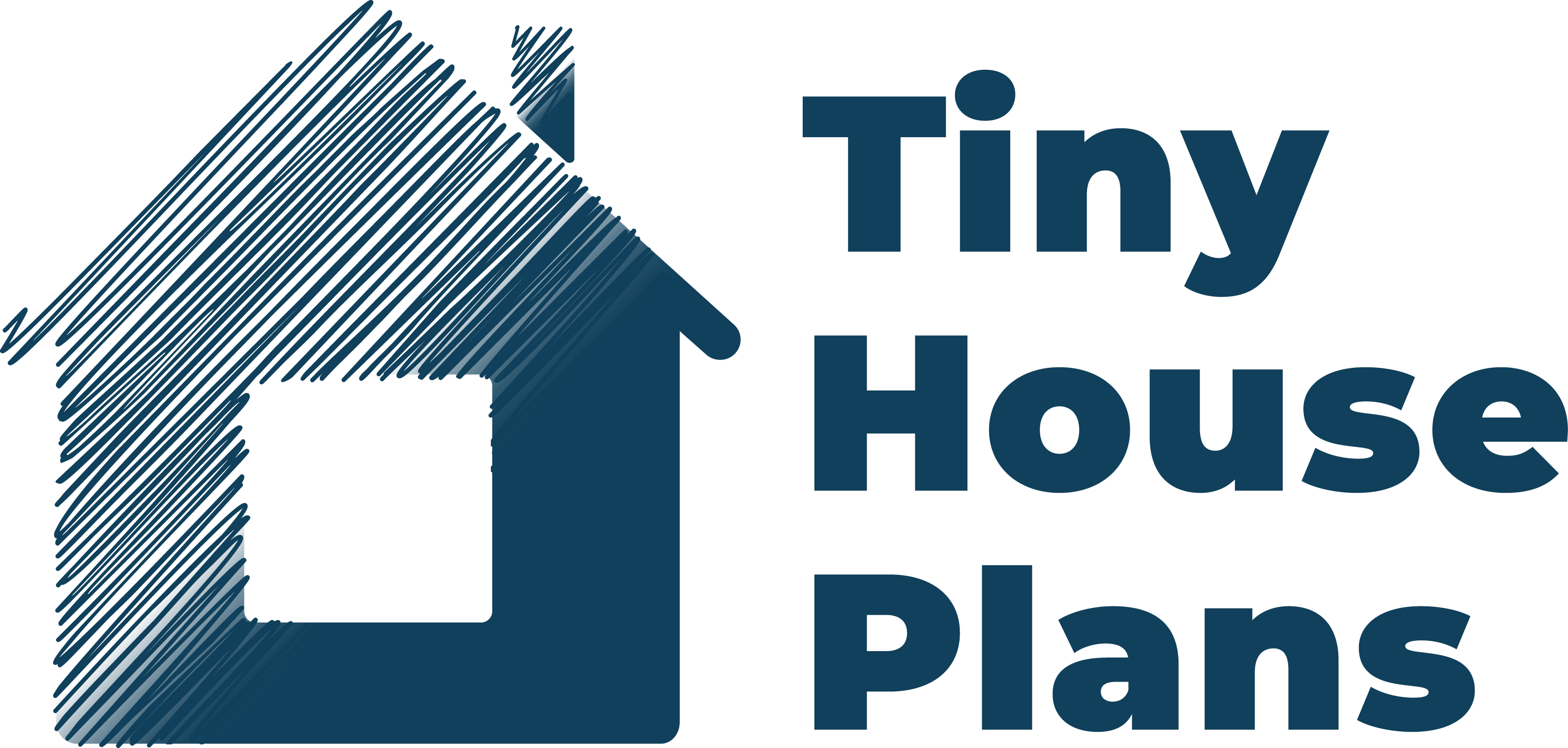

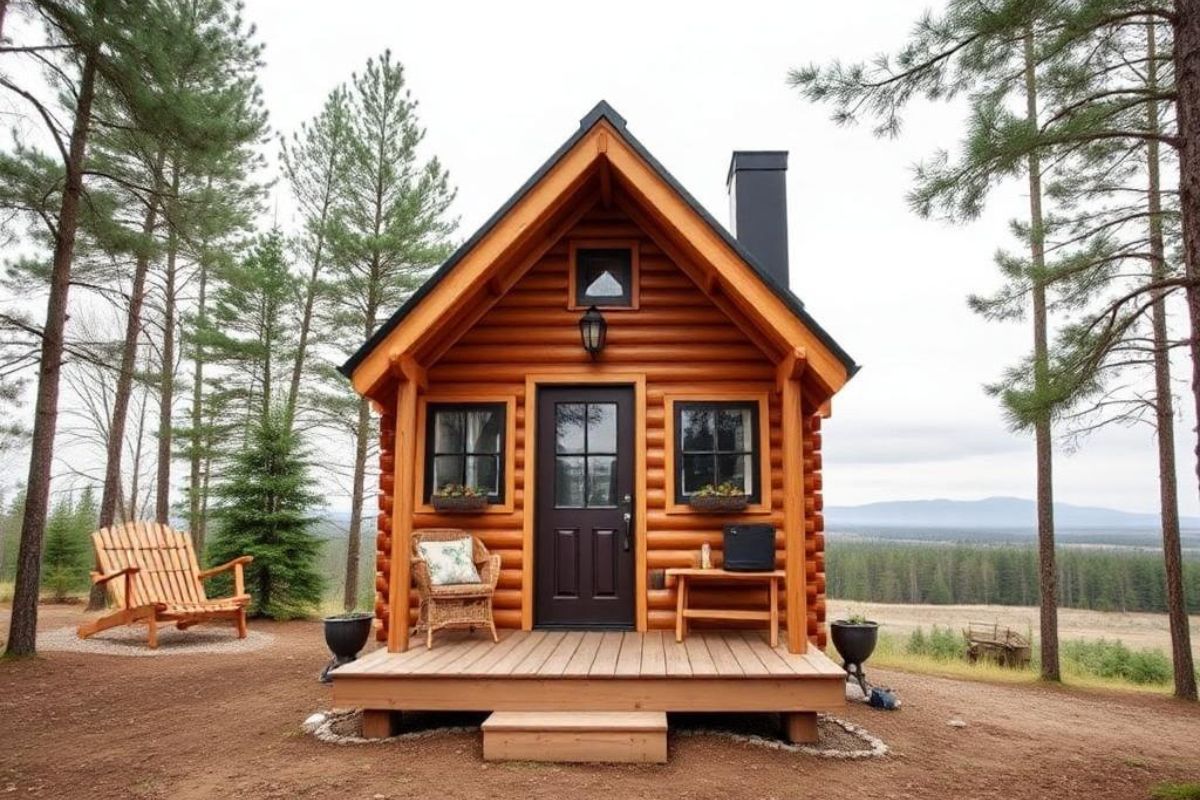
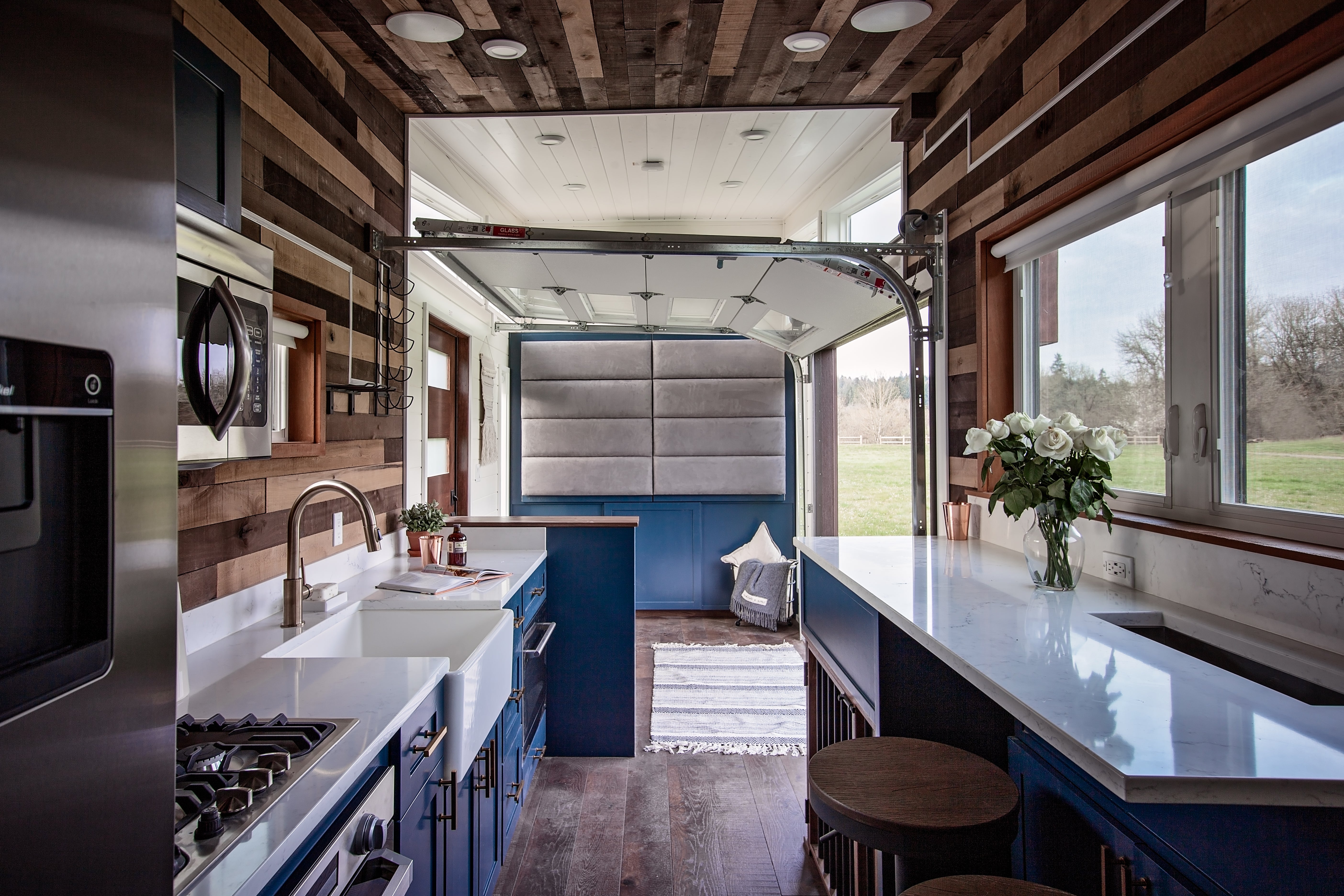
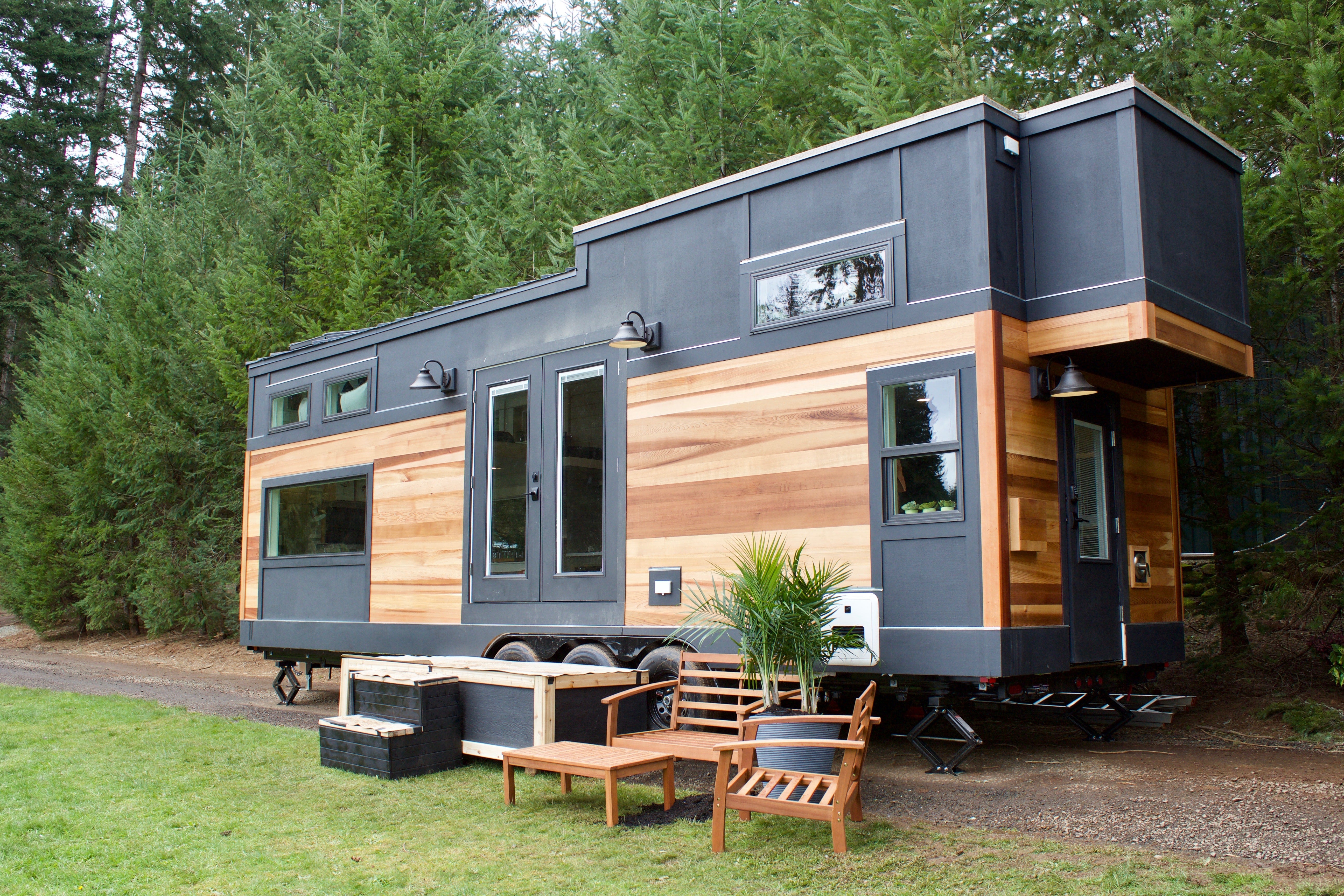
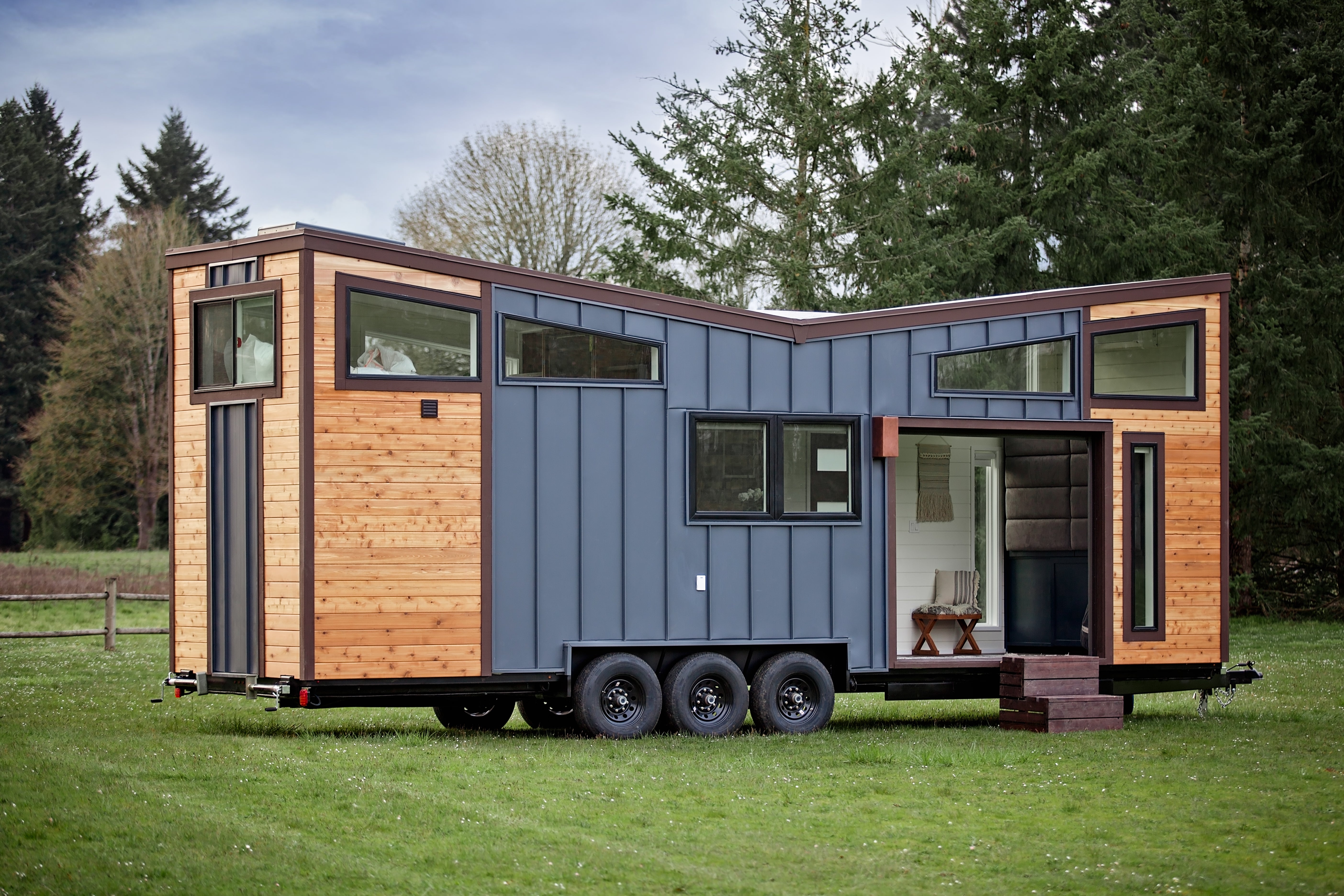
Share: